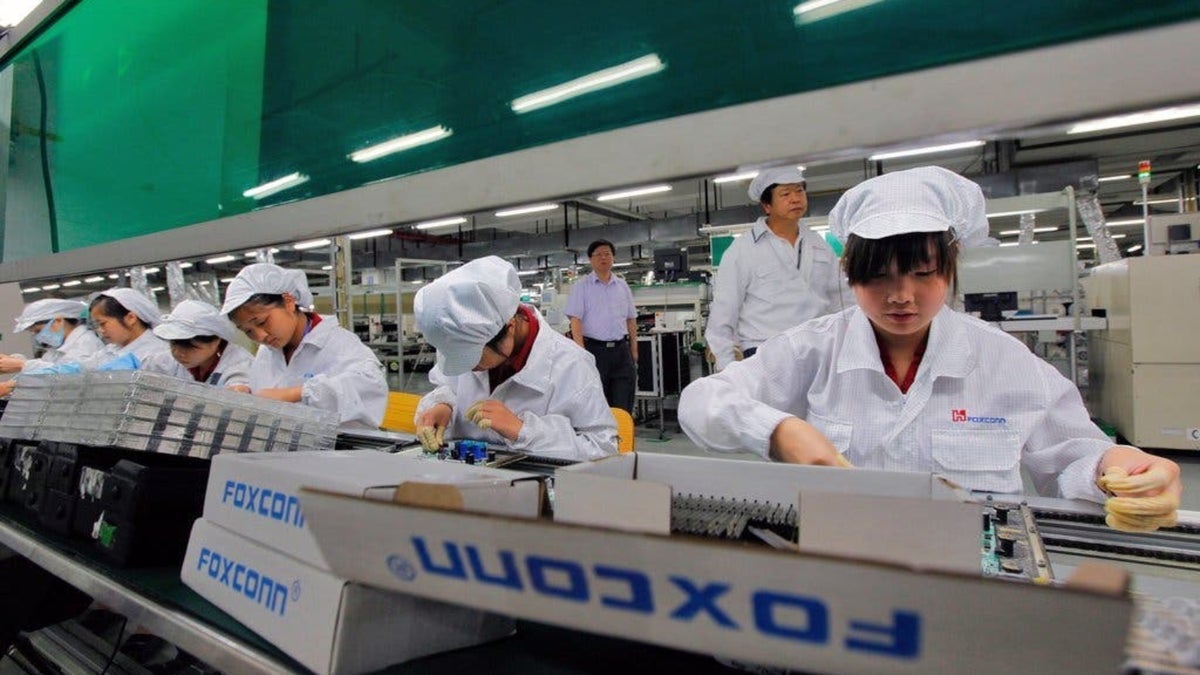
Apple seems to be looking into automating the supply chain for iPhone production, according to a new report from The Information. Cupertino is reportedly looking to reduce the number of workers on iPhone final assembly lines by as much as 50% over the next few years.
The note that describes this was reportedly handed down by Sabih Khan, Apple’s senior vice president of operations. According to the report, the decision was made after violence between iPhone workers and police in November 2022, which happened outside Foxconn’s primary assembly plant.
The machinery that is needed to automate an iPhone assembly line is expensive though, and can sometimes cost hundreds of millions of dollars each year.
Data published by Apple in annual supply chain reports show that the total number of employees at its manufacturing partners has fallen from 1.6 million in 2022 to 1.4 million in 2023. The report says a significant amount of automation was present for the final assembly of the iPhone 15.
Responsible for automation is Peter Thompson, an operations vice president at Apple. He’s been able to successfully automate parts of the iPhone’s assembly over the past year. Examples include machines that install metal brackets and flexible printed circuit boards onto components with no human aid.
For some processes, the headcount has been reduced by as much as 30%. Yep, if you’re an assembly worker, this news may be very disconcerting.
For the iPhone 16, Apple has reportedly initially planned to automate the installation of iPhone buttons and other components. However, these plans were canceled because the quality produced wasn’t high enough to meet Apple’s standards. However, Apple seems to be continuing on the mission to find ways for machines to do what human workers do in the future.






